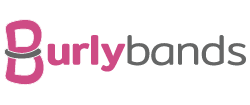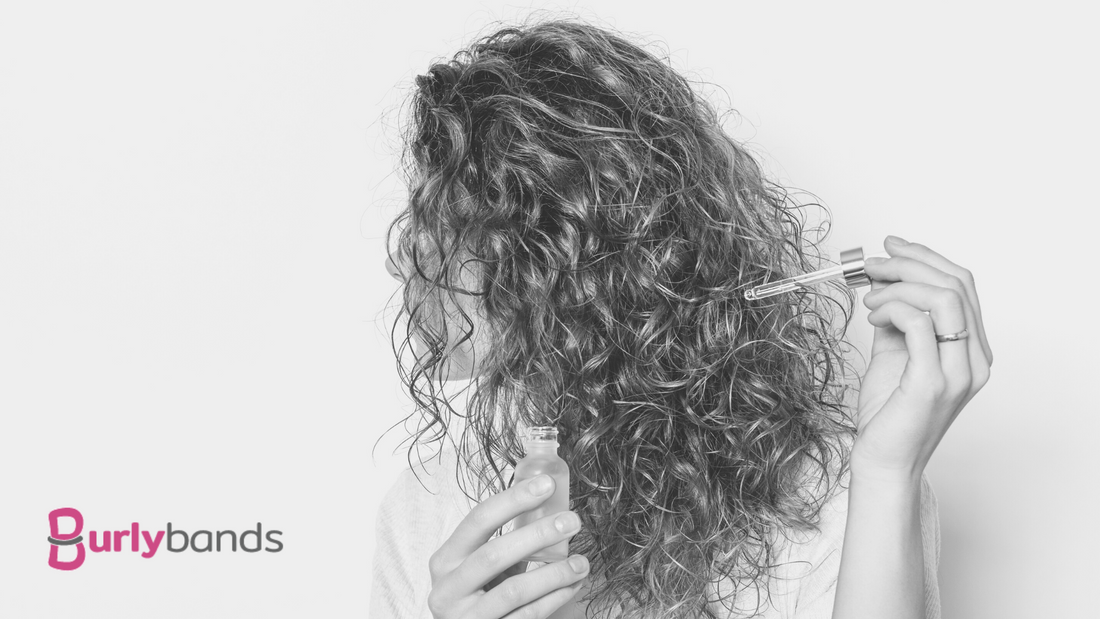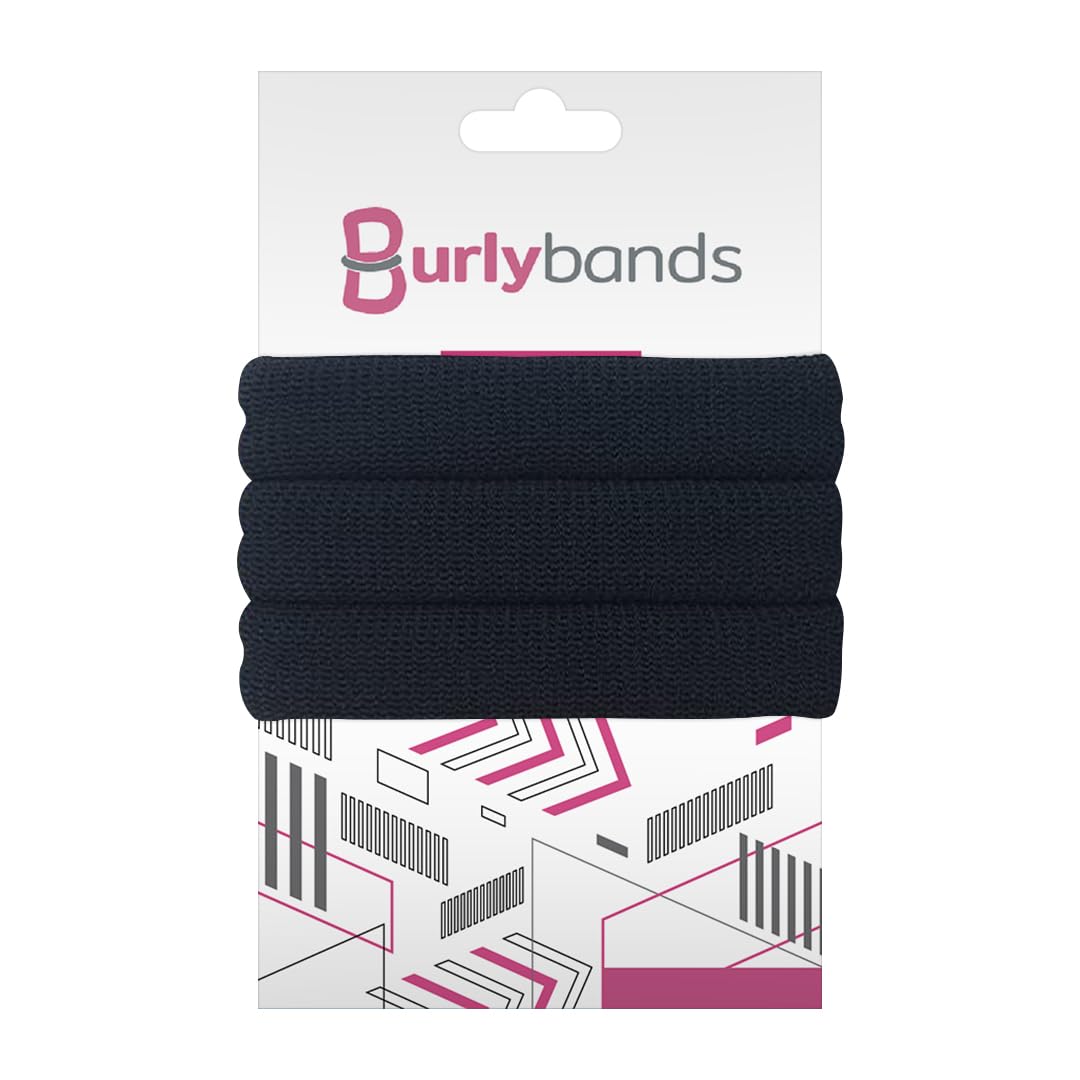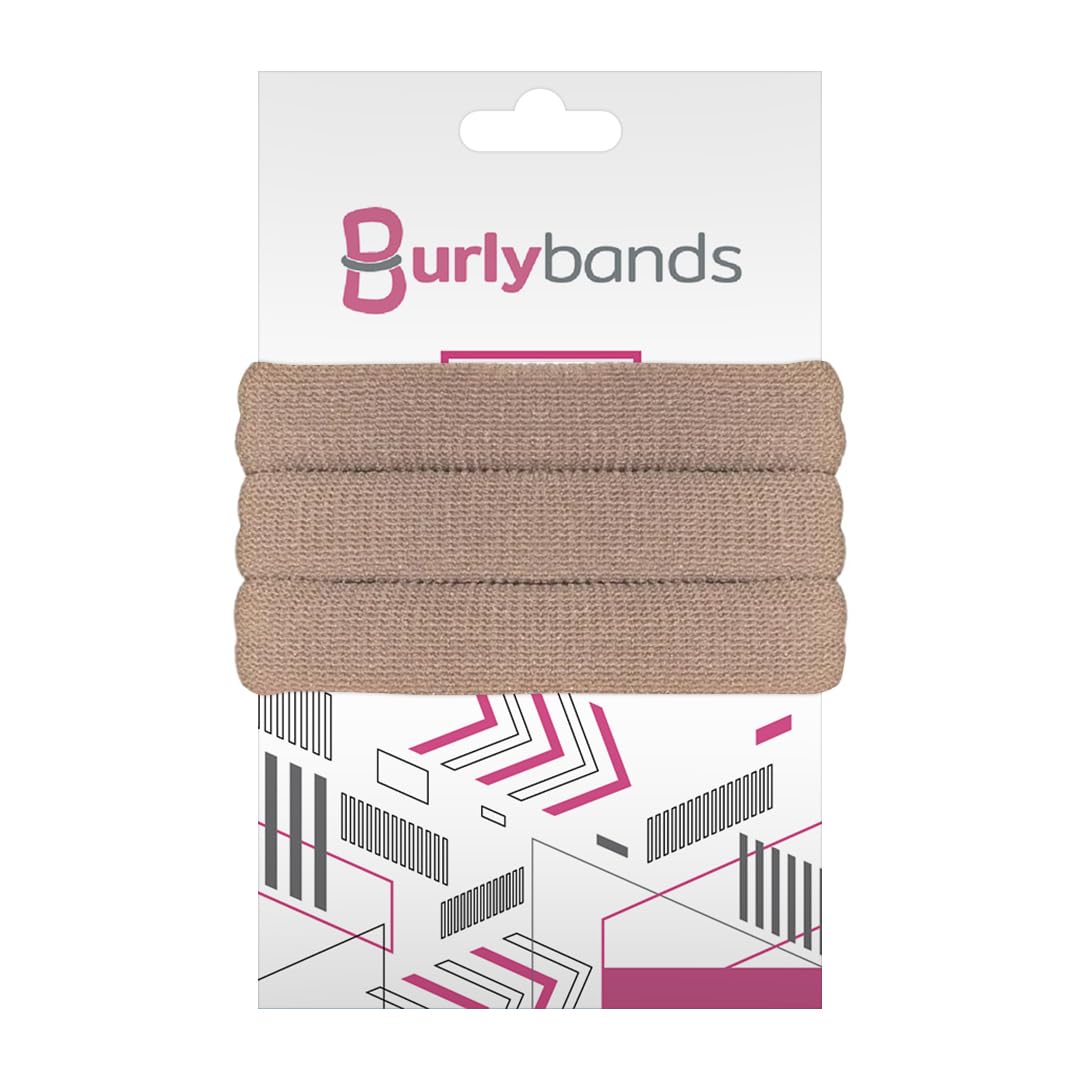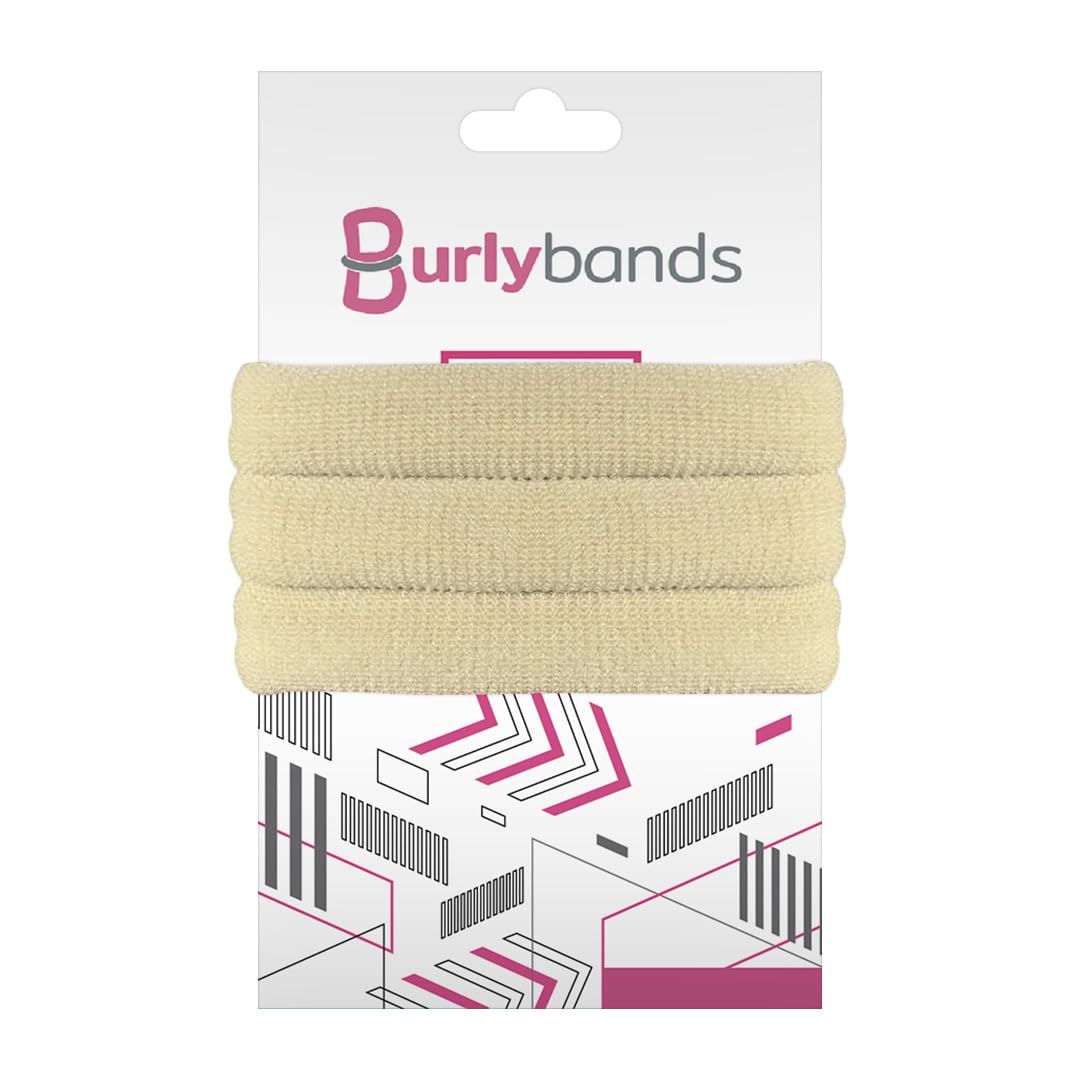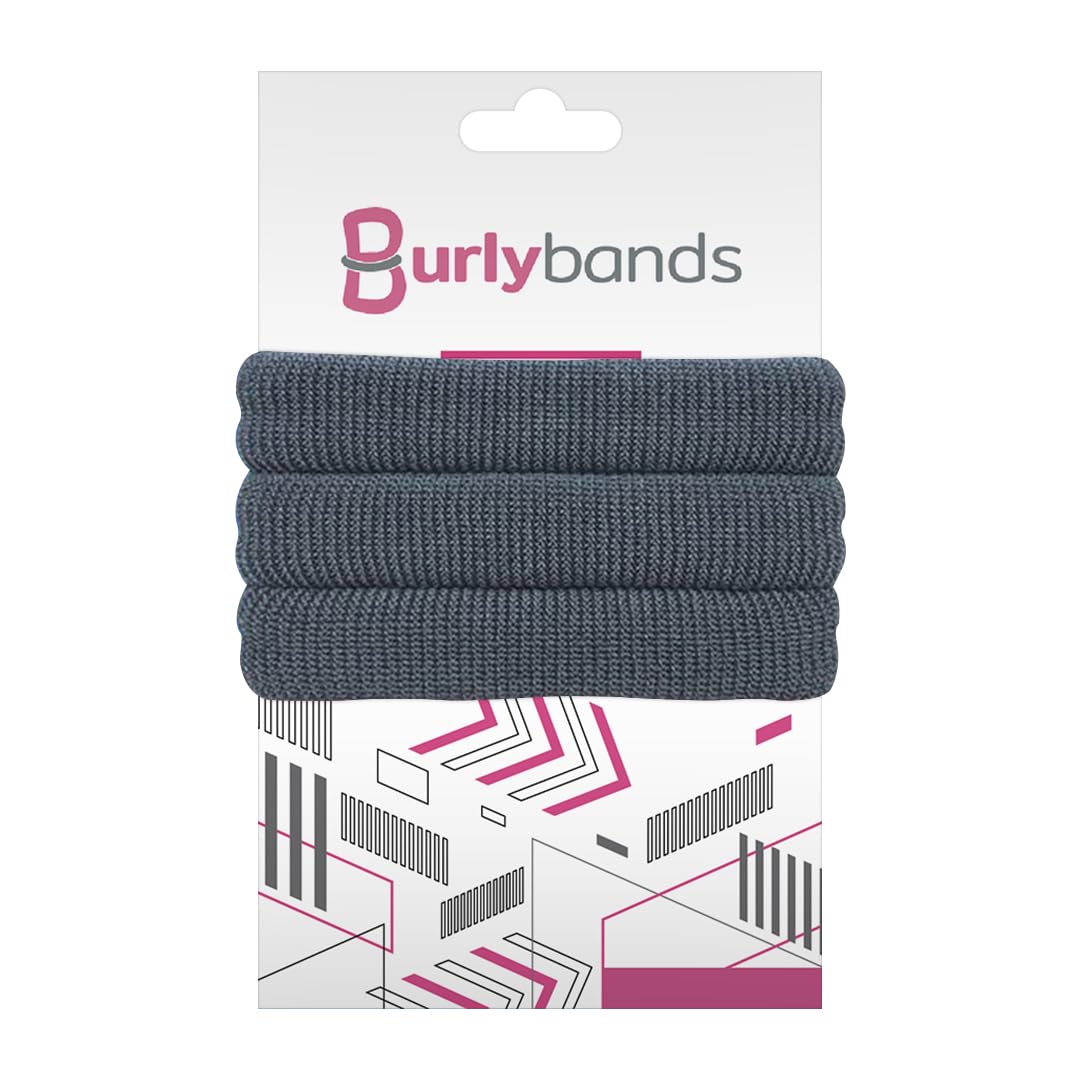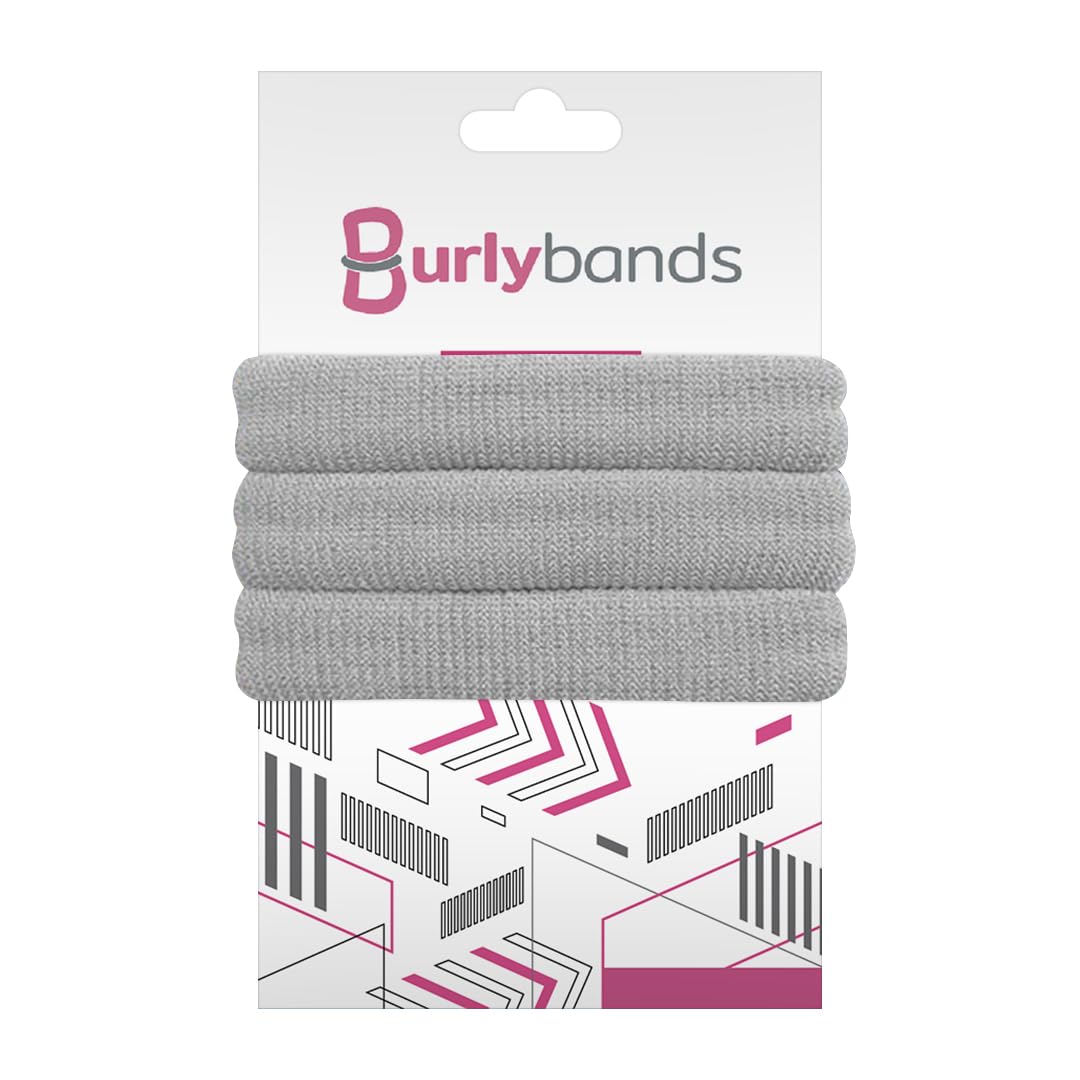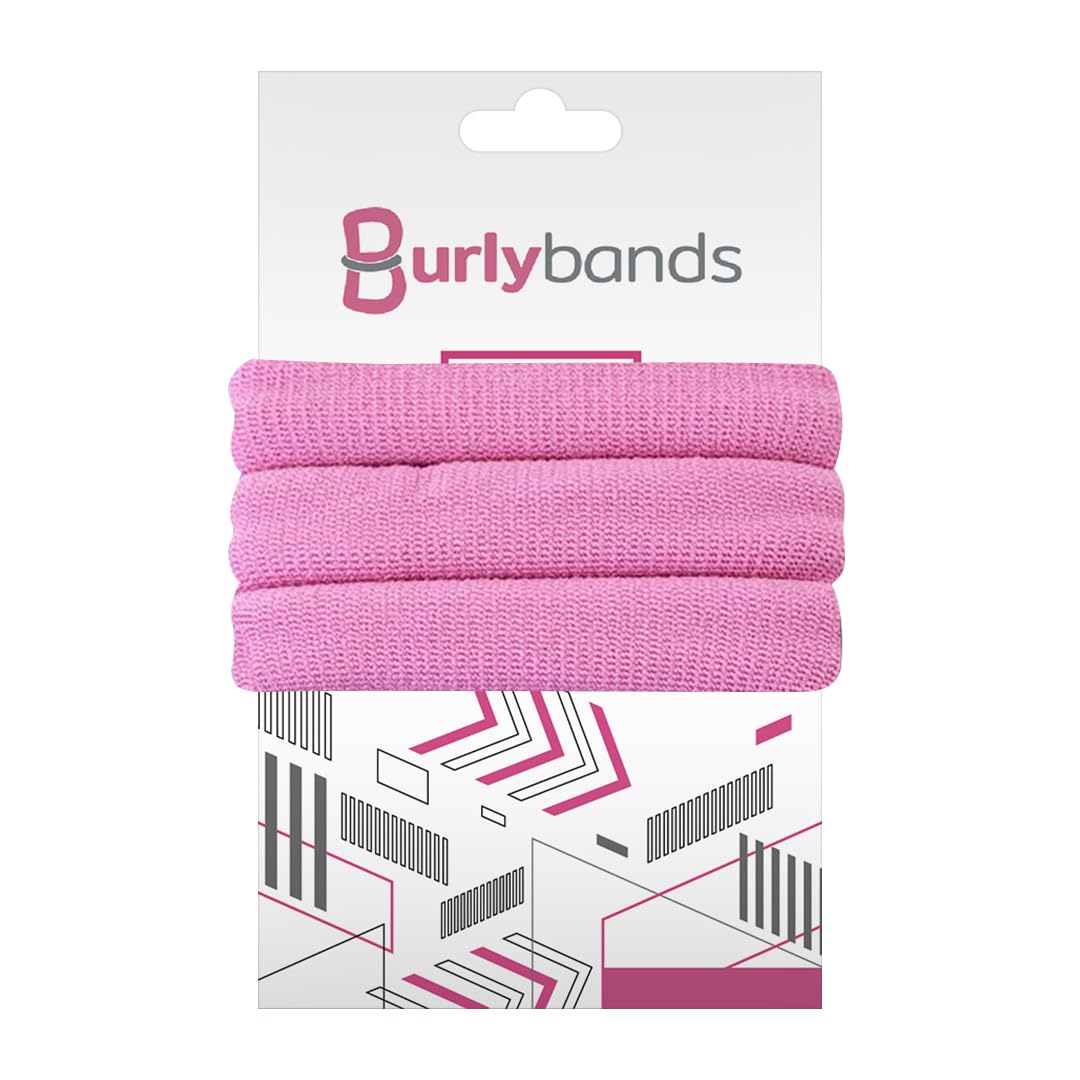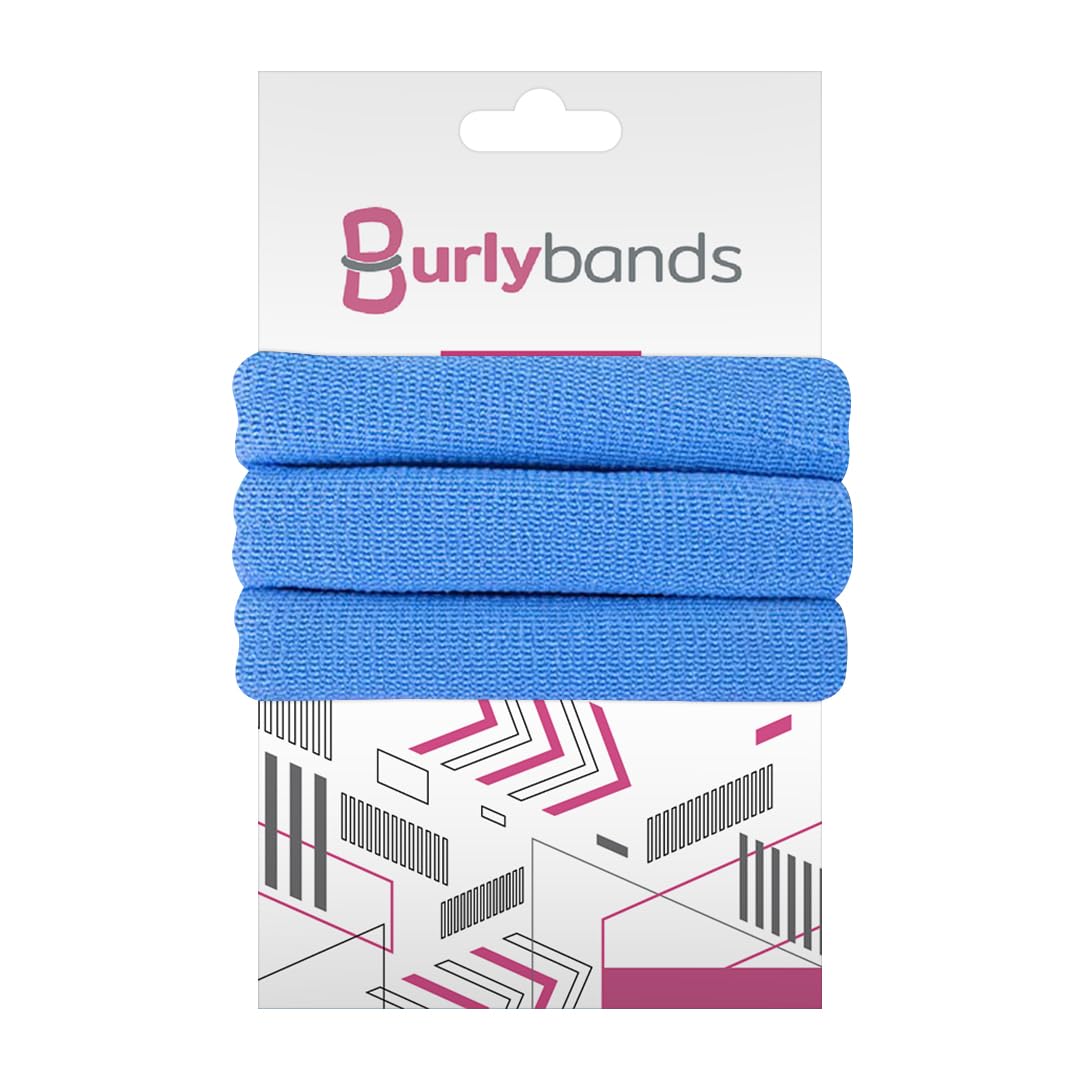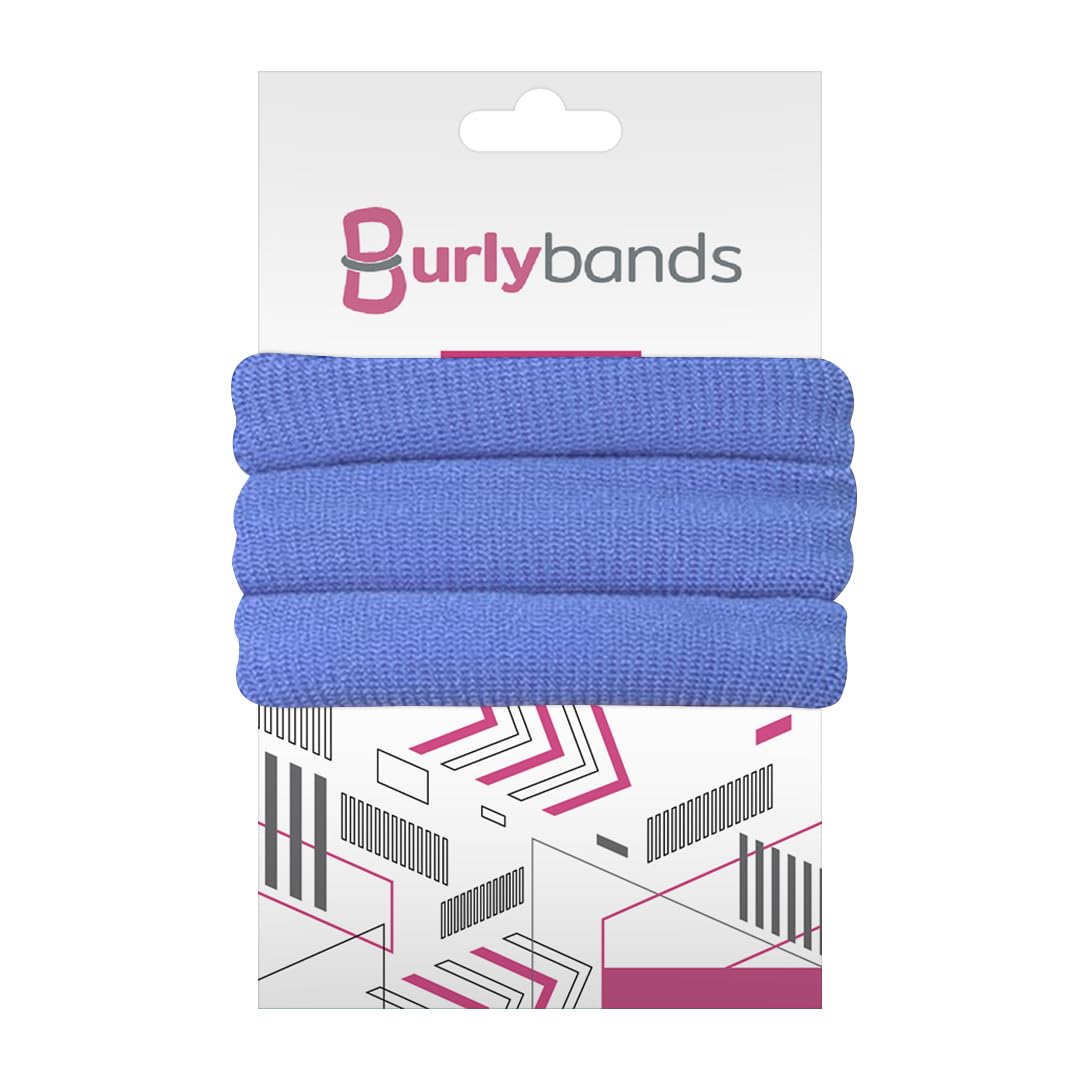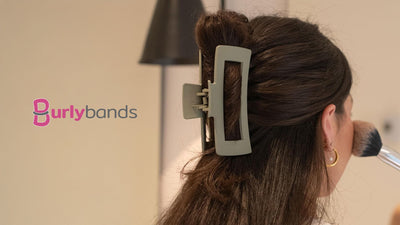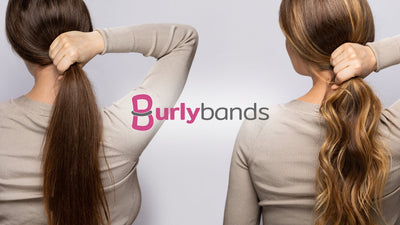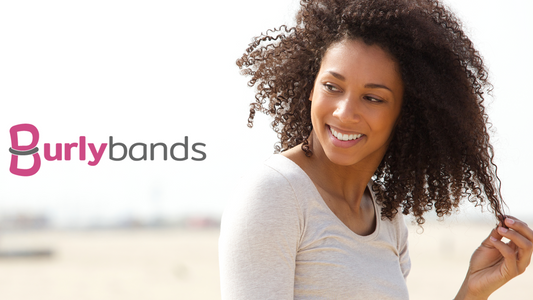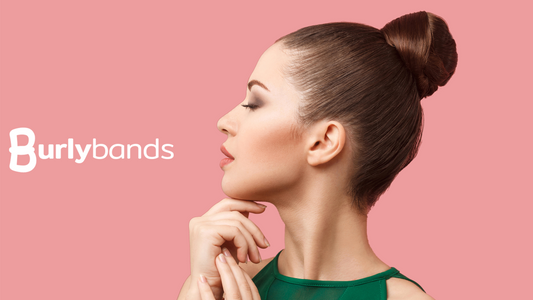Treating head lice in straight and wavy hair is annoying enough. But what about curly hair? How do you treat those pesky creepy crawlies in curly hair? We've got you covered. In this article, you will learn about what causes head lice and how to treat them in curly hair. Let's get into it.
What Are Head Lice?
Head lice, scientifically known as Pediculus humanus capitis, are tiny parasitic insects that infest the scalp and hair of humans. They feed on small amounts of blood by biting the scalp, causing itching and discomfort.
Contrary to popular belief, they do not have any superpowers – they cannot jump or fly. Instead, they rely on their speed and agility to crawl from hair strand to hair strand when they come into close contact with another person's head.
Causes of Head Lice Infestation

Credit: Envato Elements/ ADDICTIVE_STOCK
Head lice can be acquired in the following ways:
-
Direct head-to-head contact with a person who has lice.
-
Sharing personal items like combs, brushes, or hair accessories with someone who has lice.
-
Using cloth items that have been in contact with a person with lice, such as hats, headbands, or headphones.
Note: While it's theoretically possible for lice to temporarily reside on items like upholstered furniture, beds, towels, or clothing, the chances of transmission through these inanimate objects are quite low.
Symptoms of Head Lice

Head lice symptoms include:
-
Intense itching of the scalp, neck, and ears.
-
Having the feeling that something is crawling on your head.
-
Sores and scabs on your scalp from itching.
-
The presence of nits or live lice near the scalp.
Curly or Straight Hair: Which Is More Prone To Lice?

Credit: Envato Elements/ gpointstudio
Head lice are opportunistic parasites that can affect anyone, regardless of their hair type. These tiny insects are drawn to the blood on the scalp, rather than the hair itself. However, compared to straight hair, curly hair is less prone to lice infestations due to certain attributes.
One of these factors is that curly hair generally requires less frequent washing compared to straight hair. This is due to the slower movement of sebum down the hair shaft, resulting in a less oily appearance and feel. As a result, individuals with curly hair can go for longer periods without needing to wash their hair. Additionally, this hair type is more prone to dryness since natural oils have a harder time distributing evenly throughout it. This often leads curly-haired individuals to use styling products to enhance moisture and reduce frizz.
It's important to understand that lice tend to thrive longer on hair that has fewer styling products, as the absence of these products makes it easier for them to climb and reproduce. Therefore, if you have naturally oily or curly hair that's treated with styling products, lice, and nits will have a harder time initiating an infestation.
However, it's essential to keep in mind that while thick curly hair is generally less susceptible to lice infestations than other hair types, it's not entirely immune. Because it's more difficult to get rid of lice and nits in this hair type, infestations can quickly become severe. As a result, being prepared to manage such situations is crucial in the event they do arise.
Head Lice Treatment for Curly Hair
How do treat lice in naturally curly hair? Lice treatment can be considerably more difficult for someone with curly hair. Below are some tried and tested head lice treatments.
Combing

Credit: Envato Elements/ FabrikaPhoto
Killing nits with a nit comb is the most common method of treatment. Below you will learn how to do this:
- Divide the hair into portions and ponytail each one.
- Create 10 to 12 sections across the head. Each side of a middle parting should have 5 or 6 pieces.
- Don't waste time detangling the hair before dividing it into sections. Make the parts as neat as possible and ponytail each one. Then, as you go through them, untangle them one by one.
- A long-toothed metal nit comb like the one from MEDca is recommended for nit combing.
- Take the first portion and untangle it using a detangler or clear conditioner. Nit-comb it well once it's been detangled. Clean the comb with white toilet paper or tissue in order to discard anything you extract.
- See if there are any brown or black flecks on the toilet paper. If they are tear-dropped shaped, they are nits(lice eggs); if they have six legs and are small, they are lice. They might be pale while they are young, or dark as they age due to old oxidized blood.
- Re-bunch and move on to the next part after spraying it with a detangler or conditioner. Then comb the nits. Continue doing this one by one until you've properly checked or combed out each region.
- Because head lice are sensitive to movement, they flee as soon as you touch your hair. The hair is divided into portions to help confine and control the movement.
- When it comes to getting rid of head lice, timing is important. You will not be able to clear it swiftly and efficiently if you do not respect this. It takes 7 to 11 days for the eggs to hatch, and 9 to 12 days for the lice to mature into adults.
Hair Dryer

Credit: Envato Elements/ krisprahl
Blow drying has two benefits for lice and curly hair. To begin, some lice will be killed by the mild heat. Second, blow-drying with a round or paddle brush causes the hair to dry straighter, making combing easier.
Chemicals

Credit: Envato Elements/ Aleruana
Because curly hair is more porous than straight hair, chemicals that kill lice may dry out or harm it, so use with caution. You'll have to pick out the nits even if you use chemicals. Only use chemicals if you have a severe lice infestation.
An effective choice for treating lice in curly hair is the RID Super Max 5-in-1 Kit, which not only comes with a lice solution but also includes a nit comb, shampoo, and a conditioner as part of the package.
Home Treatments

Credit: Envato Elements/ towfiqu98
It's probably better to use a home remedy than to use harsh chemicals on your hair. These home cures are designed to suffocate lice, killing them and making them easier to remove.
They also make it easier to remove nits by combing through the hair. You can use mayonnaise, vaseline, butter, and olive oil for the smothering procedure.
Apply the product to your hair and leave it on for the night. Then, before shampooing, comb out the dead lice and nits in the morning.
Essential Oils

Credit: Envato Elements/ solefotostock
Some essential oils are excellent at eradicating head lice when used in conjunction with the combing procedure. Always dilute essential oils with a carrier oil first and perform a patch test before using. Apply the product to your hair and leave it on for the night. Then, before shampooing, comb out the dead lice and nits in the morning.
The following oils have been demonstrated to be beneficial against lice:
- Peppermint oil
- Nutmeg oil
- Eucalyptus oil
- Clove oil
To use, combine 2 ounces of olive oil with 15 to 20 drops of essential oil of your choice. Apply this mixture to your scalp and let it on for the night. Comb out the hair in the morning to remove lice and nits. The hair should then be shampooed and rinsed.
The essential oil method may work for your own hair but avoid using it if you have curly-haired kiddos since it can damage their fragile hair.
Environmental Control to Prevent Lice Reinfestation
It's not enough to get rid of lice solely from your hair. You must also sanitize the surrounding regions to avoid reinfection by lice. Here are some factors to consider:
Washable Items
- All washable items (including hats, scarves, and coats) as well as bed linens, towels, and washcloths that have come into contact with the infected person in the previous three days should be washed. Wash in hot, soapy water in the machine, then air dry.
- Combs, brushes, hair barrettes, hair bands, and sports helmets should be soaked for 10 minutes in hot water (over 130°F), 1 hour in a cleaning solution, and 1 hour in rubbing alcohol before being washed in hot, soapy water.
Non-Washable Items
- All carpets and furniture, including beds, should be vacuumed. This will get rid of any hairs that still have nits clinging to them.
- Spraying insecticides on your carpet and furniture, as well as hiring a pest control firm to treat your home, are both bad ideas. It's unnecessary because it could expose your family to dangerous chemicals.
- Dry cleaning is an option for items that can't be washed, such as pillows, stuffed animals, clothing, and other items that can't be washed. Alternatively, you can store them for three days in a firmly sealed plastic bag. In two days, any nits or lice on these items will die.
- Every 2 to 3 days, comb the hair and scalp of all family members including your child's hair until no live lice are found for 10 days. If nits or lice are discovered, treat the hair and clothing of that family member in the same manner. Unless someone has lice, there is no need to treat them.
Summary
Treating lice can be a nightmare especially if you have curly or thick hair. Combing is the best head lice treatment for both you and your children's hair. If you want to avoid getting lice, try braiding your hair or using headscarves, especially if there is a lice outbreak. Lice epidemics spread quickly, but they can be avoided if proper precautions are taken.
We hope you found this article helpful. Make sure to tell your curly-haired pals about it. And don't forget, if you have thick or curly hair, check out Burlybands hair ties. Our specially designed hair ties offer exceptional hold and durability, ensuring your hair stays in place without causing damage. Shop with us today.
 Log in
Log in